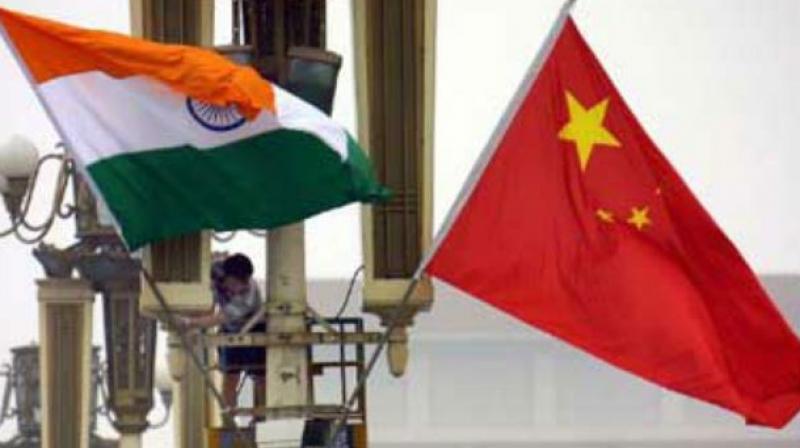The meeting between the Foreign Ministers of India and China, S. Jaishankar and Wang Yi, in Moscow on Thursday proved as infructuous as the previous one between Defence Ministers Rajnath Singh and Wei Fenghe on September 4. China is in no mood to vacate the Indian territories it has newly occupied and restore the status quo ante May 5. India also does not want to resort to force to drive out the Chinese because it will mean a local war that may well spin out of control and become a full-fledged India-China war.
So, what is the situation on the ground and what are the prospects? For one thing, it is obvious that the Chinese never expected India to mobilize troops and heavy artillery as swiftly as it did after the May 5 incident. India has also been able to capture several – not all – hill tops on both banks of the Pangong Lake. From those heights it can now observe round-the-clock all movements on the Chinese side – from infantry columns to artillery columns to tank columns. These can now be easily subjected to intense Indian artillery fusillade. Whether India takes the risk of exercising that option is a different matter. But certainly, the Chinese will now find it extremely difficult, if not impossible to intrude and occupy more Indian land.
The Chinese leadership this time has unwittingly created a situation in which restoring status quo ante May 5 will mean a serious loss of face not only to the outside world but to its own people. On the other hand, any military move to further push the Actual Line of Control or LAC eastwards will certainly meet with determined Indian resistance and a border war will ensue with unforeseen consequences.
Xi Jinping and his cohorts now find themselves in a bind. It is something they had certainly not bargained for. They face a Shakespearean dilemma: to be or not to be on the retreat?
India, too, has its problems. If the present stalemate continues through the winter till February end or March beginning, it will mean a huge expenditure of money to maintain the men and materiel for a period of five months or more in the sub-zero temperature of eight to ten degree Celsius. Winter takes a heavy toll not only on the body but the mind as well. This scribe has a fifty year old memory when, on a visit to the then NEFA (now Arunachal Pradesh) he came to know that living in total isolation in sub-zero temperatures in the Himalayan heights for months, even weeks, many soldiers became mentally ill and had to be evacuated quickly.
The present situation also demands that the Army acclimatize more troops for living at altitudes of fifteen to eighteen thousand feet above the sea level. In the 1962 war with China, soldiers had to be peremptorily sent from the plains to the Himalayan heights in NEFA without acclimatization. The result was that many soldiers died without firing a single shot, either due to high altitude cerebral oedema or high altitude pulmonary oedema or they lost their eyesight due to high altitude retinopathy.
China’s relations with India will be guided by many factors: its assessments of an India becoming militarily stronger; India’s growing alliance with the United States; and the support from the international community that it is getting vis-à-vis Chinese belligerence. In a recent article (March 25, 2020) titled ‘China’s Strategic Assessment of India’, Yun Sun, Director of the China programme in the East Asian Programme at the Stimson Centre wrote: “China remains profoundly suspicious of India’s strategic ambition and intentions. Such duality – formal rapprochement on the surface versus distrust and hedging in private – will continue into the foreseeable future with major implications for the region’s peace and stability.”
So it is not land grab alone. It is the deep suspicion of India’s “strategic ambition and intentions” along with the compulsion of having to be her neighbour that will guide China’s future relations with India. China is keenly observing India’s growing defence relations with Vietnam, and its very cordial relations with the Maldives which is strategically located in the Indian Ocean. Nepal at the moment is taking an anti-India stance and needling India at China’s behest, but if KP Sharma Oli ceases to be Nepal’s Prime Minister, things will change drastically against China – and for India. The main rival of Oli in the Nepal Communist Party, Pushpa Kumar Dahal, better known as Prachanda, has been openly critical of Oli because of his anti-Indian stance.
China’s belligerence has alienated most countries of South Asia, with the notable exception of Pakistan. The more China becomes a terror to them, the more and more they will gravitate towards the United States. On the face of it, China’s policy is self-defeating but there it is.
































